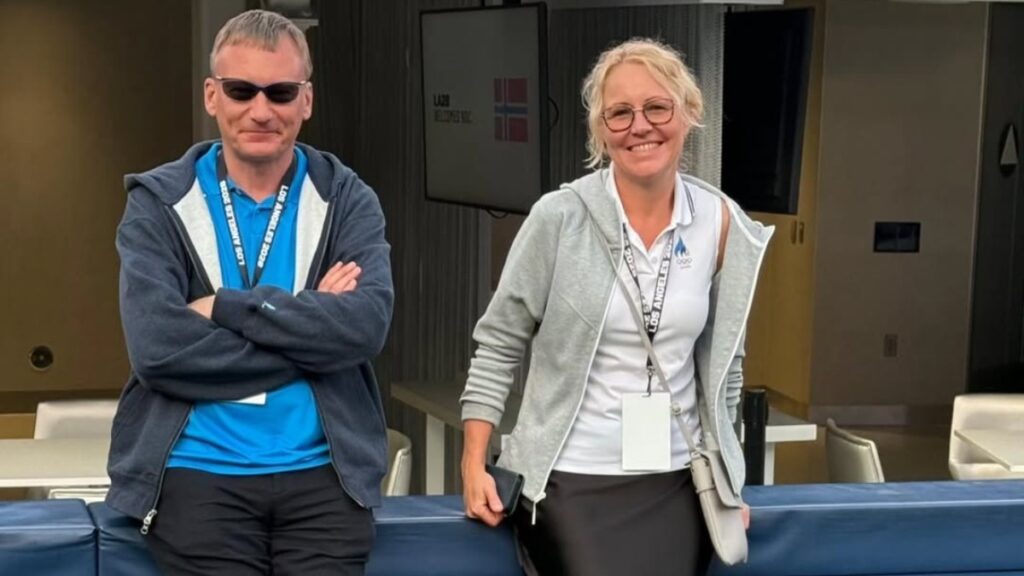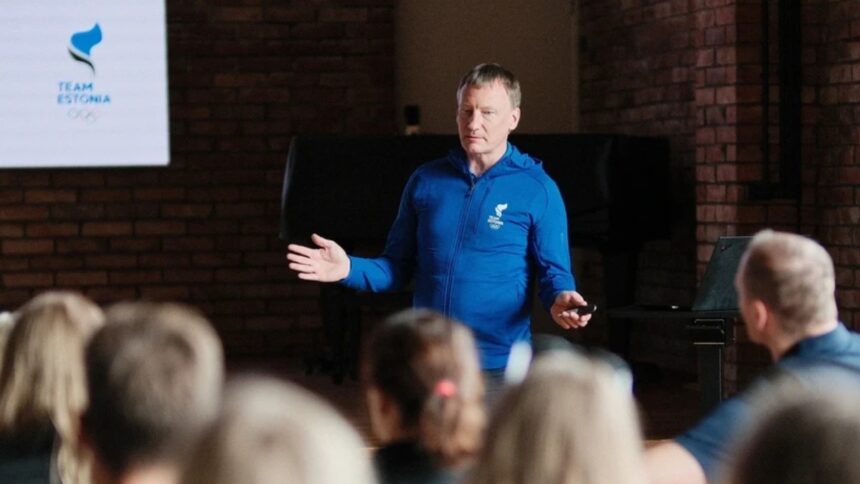Chef de Mission Martti Raju visited the US city last week with delegates from 22 countries to assess Olympic preparations. He praised progress in infrastructure but warned about distances, climate and logistical demands.
With just under three years to go before the 34th Olympic Games of the modern era, Estonia’s head of delegation travelled last week to Los Angeles to take a closer look at the organisation and the venues that will host thousands of athletes in 2028.
Raju toured the facilities with his assistant Merle Kaljurand and representatives from 21 other nations. He explained that the early visit made it possible to reflect on the lessons of Paris 2024 and identify potential challenges in advance.
He noted that the city intends to use existing infrastructure and public transport to minimise environmental impact, though risks typical of the region remain. “Transport and venues should function, although the distances are very large, for example from the Olympic Village to the athletics stadium takes at least an hour by bus,” he said, also welcoming the return of dedicated Olympic lanes to ease traffic.
The Olympic Village will be located on the campus of the University of California, Los Angeles, with accommodation ranging from older residences without air conditioning to modern buildings that meet international standards. Training facilities are available on site, though it is still to be decided which will be officially certified for teams.

Weather conditions are expected to play a significant role once again. The Games will take place from 14-30 July and, although this year temperatures were milder than usual, Raju warned about the challenge of competing in the heat and the additional difficulty of a ten-hour time difference. “Obviously, acclimatisation camps will be necessary to reduce the impact on athletes,” he said.
On the economic side, he underlined that California has sufficient resources and that the Games are being taken seriously, with support also from the private sector. “California’s GDP alone is larger than that of Japan, but it must be considered that Los Angeles is an expensive city and additional costs will not be low,” he acknowledged.
In parallel, Raju stressed that Olympic accreditation does not replace a visa, an issue that could complicate matters for some delegations and which requires careful planning of entry procedures to the United States.
Beyond the preparations, the Los Angeles 2028 programme will be historic. The IOC has confirmed that 11,198 athletes will take part. Of these, 5,333 will be women (50.7%) and 5,167 men (49.3%), marking the first time in Olympic history that women will be in the majority. The programme will feature 351 events, with 161 for women, 165 for men and 25 mixed, reflecting a firm commitment to innovation and gender equality. Among the novelties, several team sports will achieve full parity in the number of squads, and in football there will even be more women’s than men’s teams (16 against 12).
“It is encouraging to review the venues in advance and see that most of the structures are already in place, which gives confidence looking ahead to 2028,” said Raju, convinced that the United States has the capacity to stage Olympic Games of the highest level.
With this visit, Estonia and other delegations began to map their path towards the Californian event, which will mark the third time Los Angeles has hosted the Games after 1932 and 1984. The challenge will not only be to compete at the highest level but also to adapt to the scale of an event that promises to be a milestone in Olympic history.






